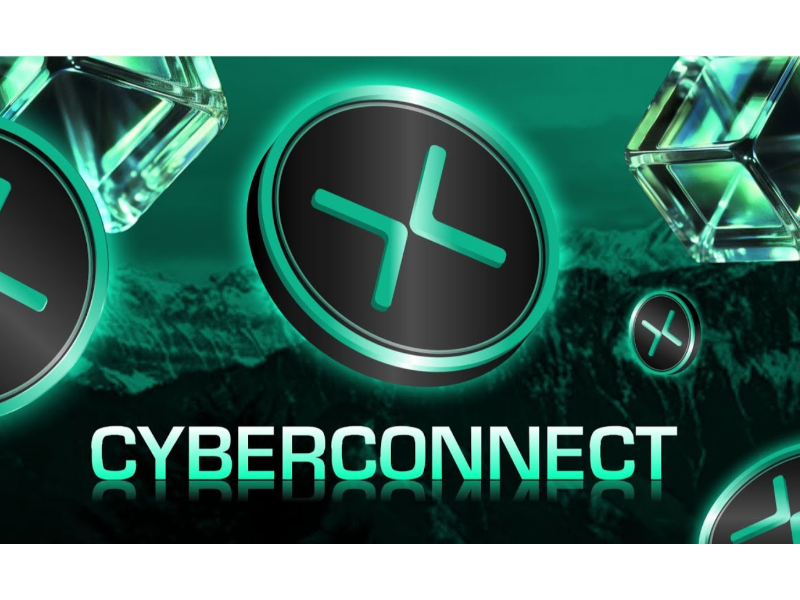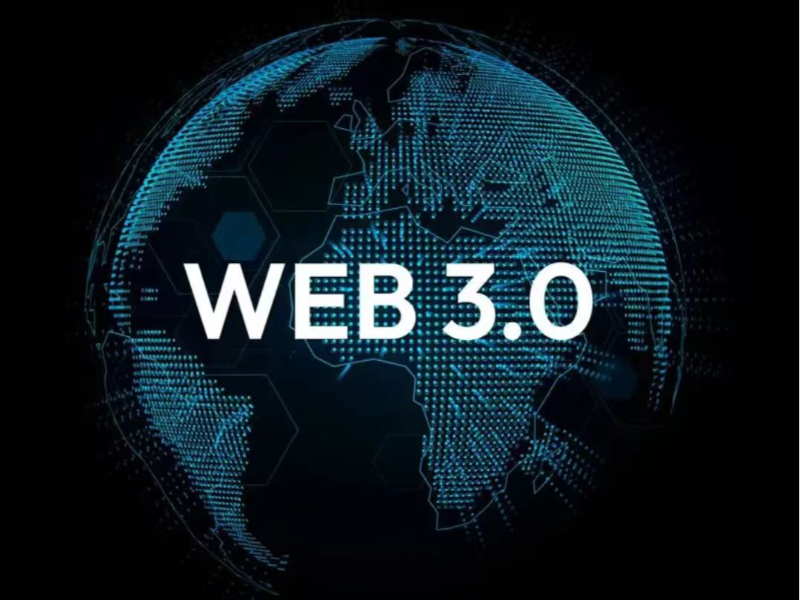- Lens Protocol is a web3 social networking protocol built by Aave to create a decentralised social ecosystem. The platform offers a unique approach to social interaction where users can directly control their data and social interactions through blockchain technology.
- CyberConnect is a decentralised social graph protocol built on top of blockchain technology, designed to help developers build cross-platform social networks and applications.
- Farcaster is a web3-based social networking platform that aims to build a decentralised, open-source social network that provides users with the ability to control their data and privacy.
Web3, or the web3.0 network, refers to the evolution of the next generation of Internet technology, with an emphasis on decentralisation, blockchain technology, and the use of digital currencies. The core concept of web3 is the creation of a more open, interconnected, and intelligent web environment, where data and content are controlled by the user, rather than being concentrated in the hands of a few large technology companies.
Social media is also therefore a significant development in the Web3 world. So which are the best platforms to use and why?
Also read: How to use Web3.0?
1. Lens protocol
Lens protocol is a web3 social networking protocol built by Aave to create a decentralised social ecosystem. The platform offers a unique approach to social interaction in which users have direct control over their data and social interactions through blockchain technology.
Lens introduces several innovative features such as a follow and favourite system. When users follow a profile, they are awarded a Follow Non-Fellowship Token (NFT), which has embedded governance features and can be used to create Social Decentralised Autonomous Organisations (Social DAOs). Additionally, content creators can sell their content by minting the appropriate NFTs when publishing content, which provides buyers with access to the content.
Lens’ goal is to provide developers with a flexible protocol that enables them to build products for a variety of application scenarios, from games to social media. Additionally, Lens emphasises community contribution and openness, encouraging developers and users to discuss and decide on the future direction of the platform.
Also read: What is Web3 gaming?
2. CyberConnect
CyberConnect is a decentralised social graph protocol built on top of blockchain technology, designed to help developers build cross-platform social networks and applications.
The protocol allows users to own and control their social relationship data while enabling different applications to share and leverage that data without having to go through traditional centralised social media platforms.
CyberConnect allows users to manage their digital identity through blockchain technology, enabling them to maintain a unified and coherent identity across different applications and services.
Users take full ownership of their social network data. This means they are free to decide how their data is used without fear of platforms misusing the information.
The protocol is designed to be compatible and interoperable with other web3 applications. Developers can share user data across platforms and applications while maintaining user privacy and data security.
CyberConnect lets users build and manage their social graph. A social graph is a digital representation of a user’s social network, including their connections to other people or entities.
CyberConnect can be used not only to create new social media platforms but also to enhance existing web3 applications such as games, NFT marketplaces, and decentralised financial applications, by providing richer and more meaningful interactions between users.
By leveraging the transparency and security of blockchain technology, CyberConnect aims to address the data privacy and ownership issues present in traditional social media platforms, providing users with a more secure, open, and free social networking experience.

3. Farcaster
Farcaster is a web3-based social networking platform that aims to build a decentralised, open-source social network that provides users with the ability to control their data and privacy. It was initiated by Dan Romero and Varun Srinivasan.
Farcaster uses blockchain technology to create a decentralised network in which users’ data is not controlled or owned by a single company but instead is stored on the blockchain, ensuring that it is secure and tamper-proof.
This decentralised approach also means that the platform has limits on user censorship and data usage, and users have greater freedom of speech and privacy protection.
On Farcaster, users are authenticated through a digital identity, which is usually associated with a cryptocurrency wallet address. This type of authentication provides greater security and enables users to use the same identity across multiple services without having to create and remember different login information for each service.
Farcaster has designed a specific communication protocol to support the creation, publishing, and dissemination of information. This protocol supports various social media activities such as posting, commenting, and retweeting, while maintaining transparency and traceability of operations.
The platform uses smart contracts to handle various social interactions such as following other users, updating statuses, or copyright management of content. The use of smart contracts enhances the functionality of the platform and provides a way to automate transactions and manage community guidelines.
Farcaster is designed with a strong focus on modularity and extensibility, allowing developers to build new features or improvements on top of existing ones. Because it is open source, developers can contribute code to drive growth and improvements to the platform.
Farcaster encourages users to participate in the governance of the platform, which can be achieved by voting on decisions about the future direction of the platform or modifying key protocol parameters. The community-driven governance model helps ensure that the platform evolves in the interests of the majority of users.
As a web3 social network, Farcaster faces challenges including user adoption, competition with traditional social media platforms, and scalability and usability issues with blockchain technology. However, it also demonstrates a possible future in which users can truly own and control their online presence and data.

